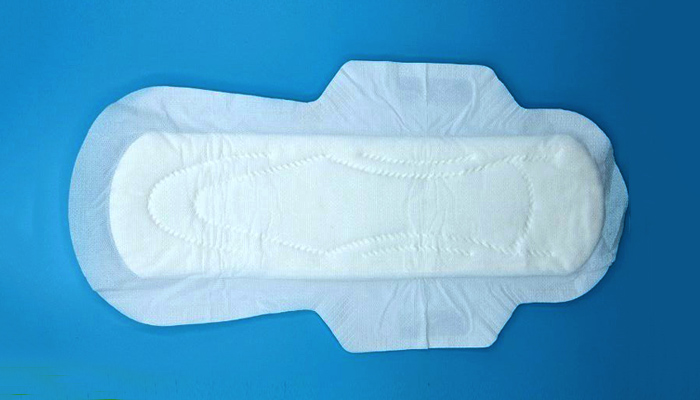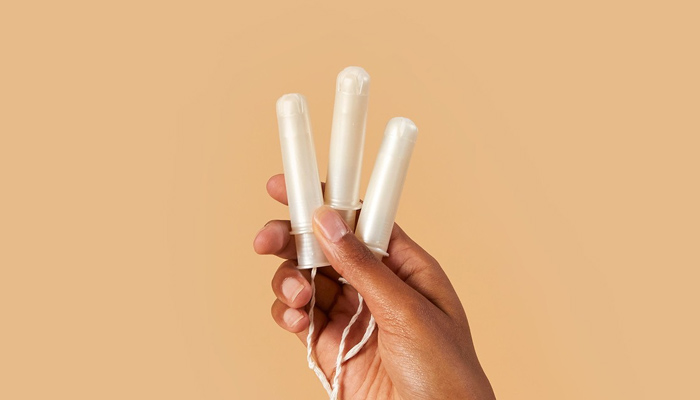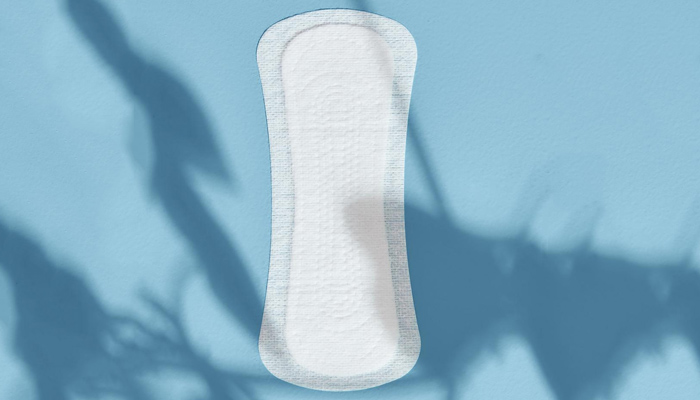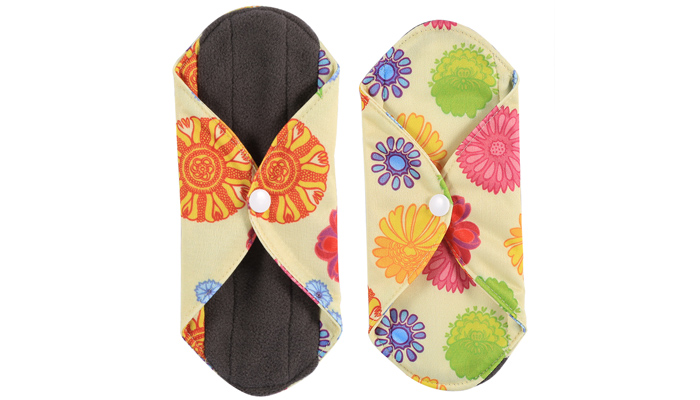In our country, we have a never-ending list of topics are often brushed under the carpet. Tailing them are taboos that are a strict hush-hush affair. If we were to list out all the taboos here, menstruation would definitely feature in the top five. Every time the word ‘menstruation’ or ‘menses’ or ‘periods’ is uttered many start peeping in other directions. Talking about menstruation makes people uncomfortable. What substantiates it is the black polybags and the newspapers that carefully wrapped around the sanitary napkins and other menstrual hygiene products.
We are here to make things extremely uncomfortable for some because awareness and a woman’s health can’t wait. Therefore, look away if periods and graphical representation of menstrual hygiene products put you in a hole.
For those who are here to gain a little insight into the variety of options that have been laid out for women, charge on! We have assembled a list of five menstrual hygiene products that have to be tried before being rejected.
Sanitary Napkins

These have been in use for as long as we can remember. Sanitary napkins are perhaps the most commonly used menstrual hygiene product in India. Most women opt for these because of the easy putting on factor. Not many women like the idea of inserting a tampon or menstrual cup which can take some time getting used to. Besides that, unlike a tampon, there are no chances of being at risk of Toxic Shock Syndrome (TSS). However, it is crucial that they are changed every 4-5 hours in order to avoid odour and rashes. Also, during heavy flow, it is advisable that a pad is changed every 2-3 hours.
While pads have been doing wonders for women, it has definitely taken a toll on the environment as the material is non-biodegradable. There are some biodegradable sanitary napkins available in the market. Do give them a shot.
Pros
- Easy to put on
- Easily available
- No risk of TSS
Cons
- More prone to leakage
- Causes Rashes
- Odour
- Can’t be worn while swimming
- Harmful for the environment
Tampons

Many women cringe at the thought of inserting a tampon into their vagina. Trust me on this, once you get a hang of it you wouldn’t want to get back to wearing pads. Although tampons have been known to have caused TSS when left for long hours, it is still preferred by many women around the world. The chances of acquiring Toxic Shock Syndrome can be reduced by changing tampons every 6-7 hours. This is why one should always switch to pads before going to bed. Tampons can be worn while doing a lot of outdoor activities, including swimming. While picking out your tampons, you must be careful to select the one that is less absorbent. It is advisable that tampons are used only when the flow is heavy so that the vagina isn’t dry while inserting or taking them out. Now coming to the insertion of a tampon. You can either use an applicator or just your fingers. The first few times will come with a little discomfort but you will eventually get used to it.
Pros
- Small and easy to carry
- Can be worn while swimming
- Fewer chances of leakage
- Less messy
Cons
- Risk of acquiring TSS
- More expensive than pads
- Harmful for the environmental
Menstrual Cups

Menstrual cups let you be carefree. Many have even called it a revolution. There are disposable cups and then there are reusable ones. The disposable ones, as the name suggests, are for single use. However, the reusable menstrual cups are a real blessing, some say. If you use a menstrual cup instead of tampons and pads, you can forget the hassle of changing it for the next 12 hours. Although, you do need to take care that you use them only when you have a heavy flow. Reusable menstrual cups come in different sizes varying upon the length of the cervix.
If you have never tried a tampon then the hesitation in using a menstrual cup could be high. Before you use a menstrual cup, make sure you check out the videos online that tell you how to insert them properly. And don’t worry, if you fail for the first few times. Just know that most women go through the same.
Pros
- Eco-friendly(Reusable)
- Lowers the chances of acquiring TSS than tampons
- Pocket-friendly(Reusable)
- Can be left for up to 12 hours.
- Air-tight, hence, no leakage issues.
- Can be used while swimming.
Cons
- Discomfort experienced while insertion.
- Removal can be a little messy, if inexperienced.
Panty Liners

These are a blessing of another kind. Call them the side-kicks of pads, tampons, and menstrual cups. You cannot use panty liners for a heavy flow but they are great for when you want to avoid using a pad on lighter period days. These panty liners are also used for the everyday discharge that we all have which make things a little damp and uncomfortable down there. Panty liners make you feel fresh and dry throughout the day. Some women use panty liners with tampons and menstrual cups for extra protection against any leakage.
And just when you would have thought that panty liners weren’t that much of a necessity, we would ask you to think again. If you have never heard of the term Stress Urinary Incontinence (SUI) then learn today. It is a light urinary inconsistency where the urethra leaks when strained- for example when sneezing, jumping or laughing. A lot of women use panty liners as protection against little leakages.
Pros
- Great for the absorption of daily discharge.
- Perfect fir lighter period days
- Helps in absorbing involuntary discharge due to SUI.
Cons
- Adds to expenditure
- Not eco-friendly
Reusable Cloth Sanitary Pads

Many might question the use of reusable sanitary pads but there are women who swear by it. These cloth pads are usually made of natural fibres like cotton, hemp and bamboo, and contain a leak-proof layer. They are known to be super comfortable and are highly breathable. Just like reusable menstrual cups, these can last upto 5 years if looked after well. They can be stored for a wash later easily in wet bags, usually used for soiled nappies, to lock the used cloth pads securely. You need not worry about the odour, as the wet bags take care of that too. Pre-soaking the used cloth pads is a great way to start the cleaning process.
Pros
- Eco-friendly
- Pocket-friendly
- No risk of acquiring TSS
- Doesn’t smell like sanitary napkins after use.
Cons
- Can leak if not used properly
- Hard to find.
- Washing them can be time-consuming.
- Can shift a lot while using as they do not stick.
- Many women bat against it as they can stain and the user has more contact with the blood.
A lot of you reading this might have a wealth of doubts filling up your mind right now. Pull that plug right away and open your mind to endless possibilities. Try them all and choose your comrade-in-arms. Let us know in the comment box if you have or are planning to use any of these any time soon.


Leave a Reply